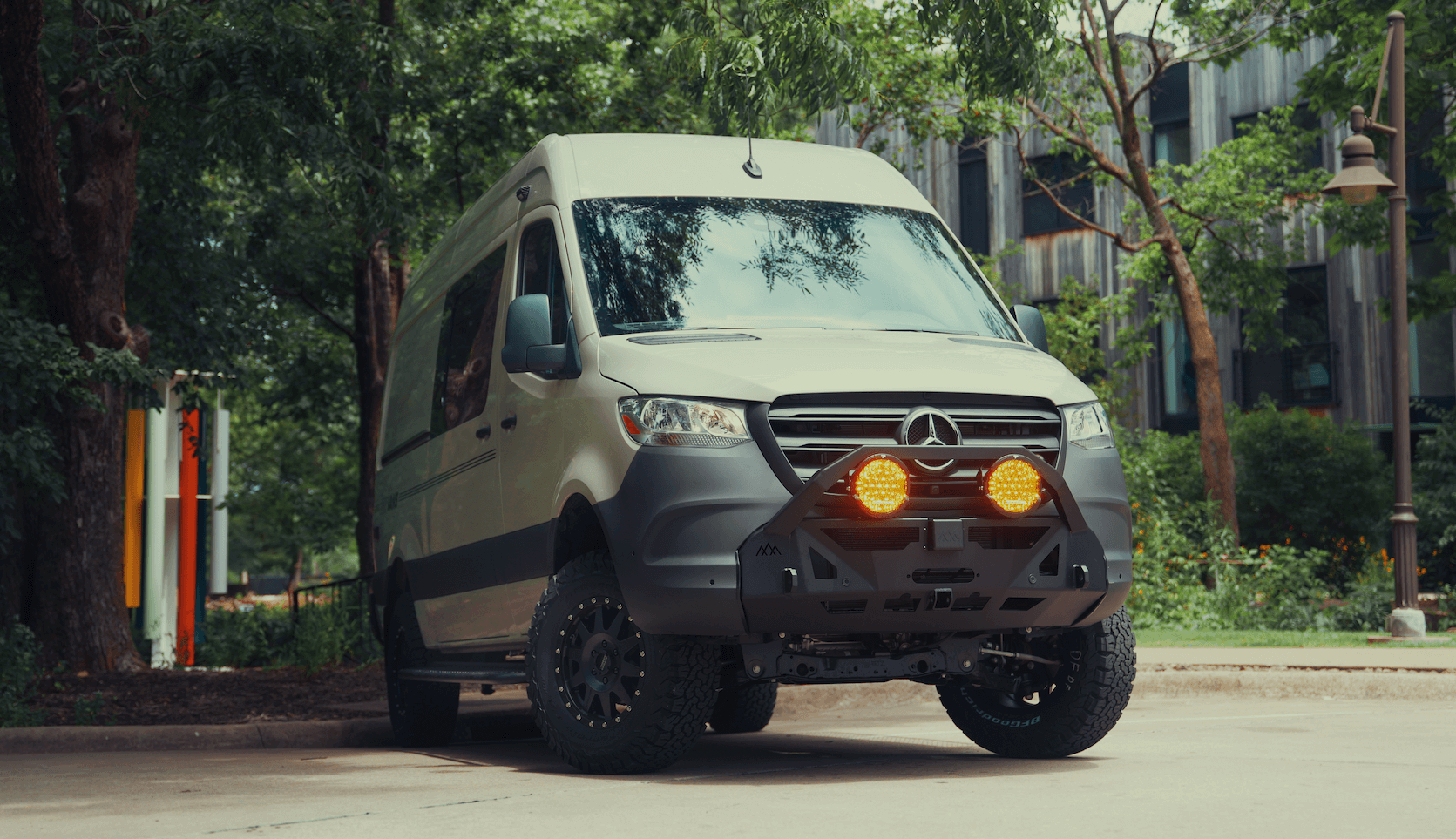Recreational Vans

An inverter turns your van’s battery power into household style AC power so you can run items like a laptop, camera chargers, a blender, or even a microwave. Your battery stores energy as direct current. Most home appliances expect alternating current. The inverter handles that DC to AC conversion, delivering a clean waveform and the correct voltage.
There are two common waveform types. Pure sine wave replicates utility power and is the right choice for modern electronics, fridges with variable speed compressors, and induction cooktops. Modified sine wave is less expensive but can make devices buzz, run hot, or fail. For a camper van that carries sensitive gear, pure sine wave is the standard.
Think about how you get energy into the batteries as well. Many vans combine solar, alternator charging via a DC to DC charger, and shore power at campgrounds or homes. An inverter can be stand alone or combined with a charger and an automatic transfer switch. An inverter charger simplifies shore power use and battery charging in one unit.
Noise, idle draw, and efficiency matter. A quality inverter runs quietly, wastes less energy as heat, and has a low standby draw when you are not using AC loads. Look for features like low voltage shutoff, temperature protection, and a remote on off switch to reduce parasitic drain.
Picking the right size starts with a load plan. Write down each device, its running watts, and any surge requirement. Motors and compressors often need two to three times their running power for a brief startup.
Typical loads:
Add up the appliances you will use at the same time, then add a buffer for comfort. If your microwave is 1200 watts and you want to charge a laptop at 100 watts, a 1500 to 2000 watt pure sine inverter is sensible. If you cook on induction and run a microwave or power tools, 3000 watts with strong surge capability may be appropriate.
Battery voltage influences cable size and losses. A 12 volt system is common but requires very large cables at higher power. Stepping up to 24 volt or 48 volt reduces current and voltage drop for big inverters. Runtime depends on total battery energy. Multiply amp hours by nominal voltage to get watt hours, then divide by your AC load and adjust for inverter efficiency.
Example: a 200 amp hour 12 volt lithium bank stores about 2560 watt hours. Running a 1000 watt blender for 10 minutes uses roughly 167 watt hours. Add inverter losses and you might use about 190 watt hours for that short task. High draw items can drain a small bank quickly, which is why many van owners reserve AC for short bursts and rely on DC appliances where possible.
An inverter charger bundles battery charging and AC transfer into one unit. With shore power available, it charges lithium or AGM batteries using proper profiles and passes AC to outlets safely. Separate components offer flexibility and easier replacement but need a transfer switch and careful coordination. For travelers who often plug in, the combined approach is convenient and tidy.
An inverter asks for clean wiring, short DC cable runs, and solid ventilation. Place it close to the battery to minimize voltage drop. Use the correct cable gauge for your current and distance. Keep cables protected, supported, and free of abrasion. Follow manufacturer torque settings on lugs.
Common issues include nuisance trips from undersized wiring, inverters shutting down due to low voltage at the terminals, or interference with radios from poor cable routing. Keep high current DC cables away from signal wires and verify every crimp. If a large load dims lights or drops voltage, reassess cable gauge and battery capacity.
Troubleshooting starts with a digital multimeter. Check battery voltage under load at both the battery and the inverter input. A big difference signals cable loss. Confirm tight connections, correct polarity, and that fans spin freely. Review settings for low voltage cutoffs and charger profiles, especially with lithium batteries in cold weather.
Professional installation protects your battery investment and ensures safe operation when mixing solar, alternator charging, and shore power. A well designed system feels invisible in daily use. Outlets work, fans stay quiet, and the lights never flicker when you blend a smoothie or edit photos on shore power or in the middle of nowhere.
Closing thought for planners. Decide which high draw devices truly belong in your travel routine. Right size the inverter to those moments, then build a battery and charging system that supports them with margin. The result is a van that sips energy, stays cool, and powers your life without surprises.
OZK Customs designs and installs complete AC power systems that match your appliances, travel rhythm, and battery plan. Explore our recreational vans, see our custom build van process, or browse mainstream vans that finance if you want a ready platform.
Tell us your must run devices and expected runtime. We will specify a pure sine inverter, safe wiring, and a balanced battery and charging system so your outlets feel like home wherever you park.
Ready for a quiet, proven AC power system that just works? Tell us about your appliances, trip style, and energy goals. OZK Customs will design and install a safe, efficient inverter system matched to your battery bank, solar, alternator charging, and shore power. Fill out the form to get a tailored quote and a timeline for your build.
ADDRESS:
6159 E Huntsville Rd, Fayetteville, AR 72701
PHONE:
(479) 326-9200
EMAIL:
info@ozkvans.com